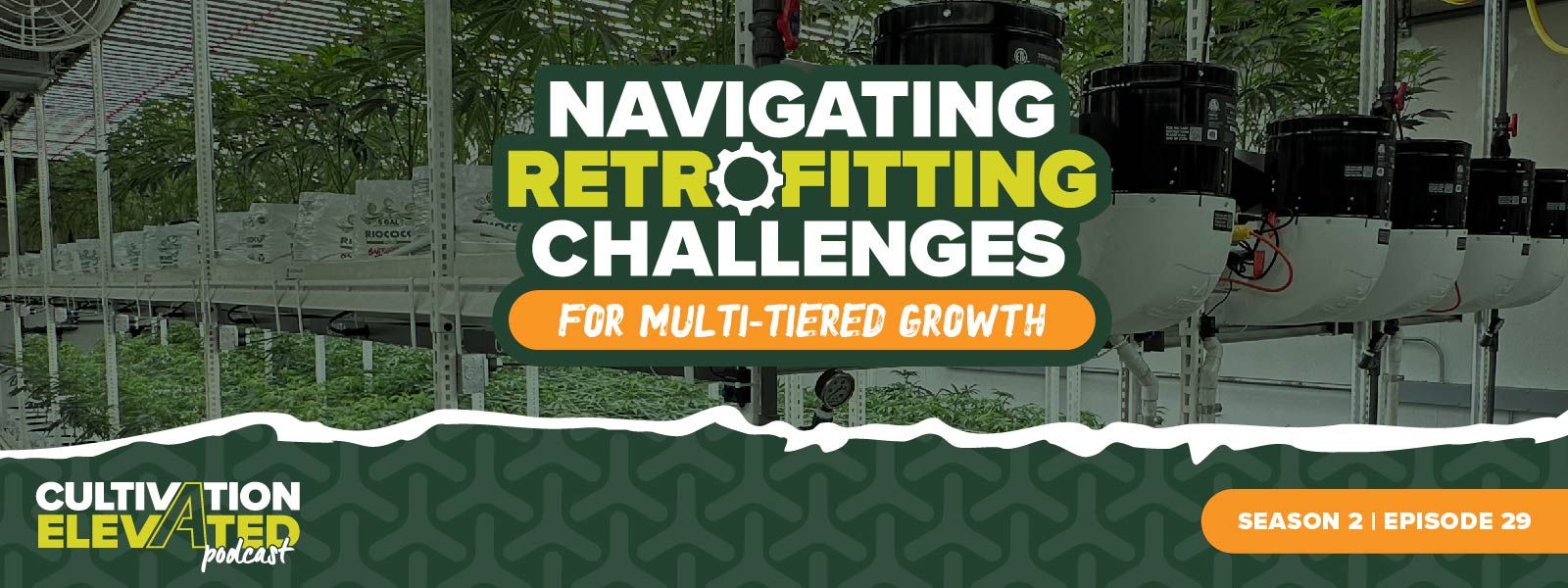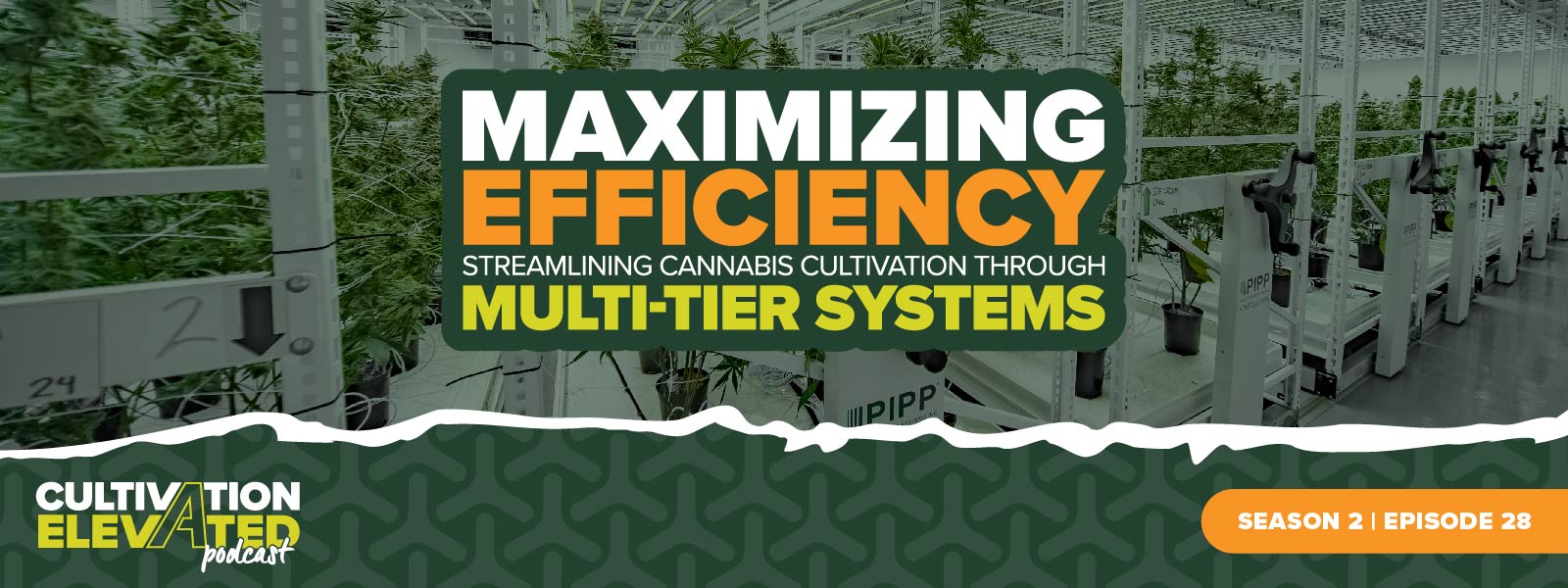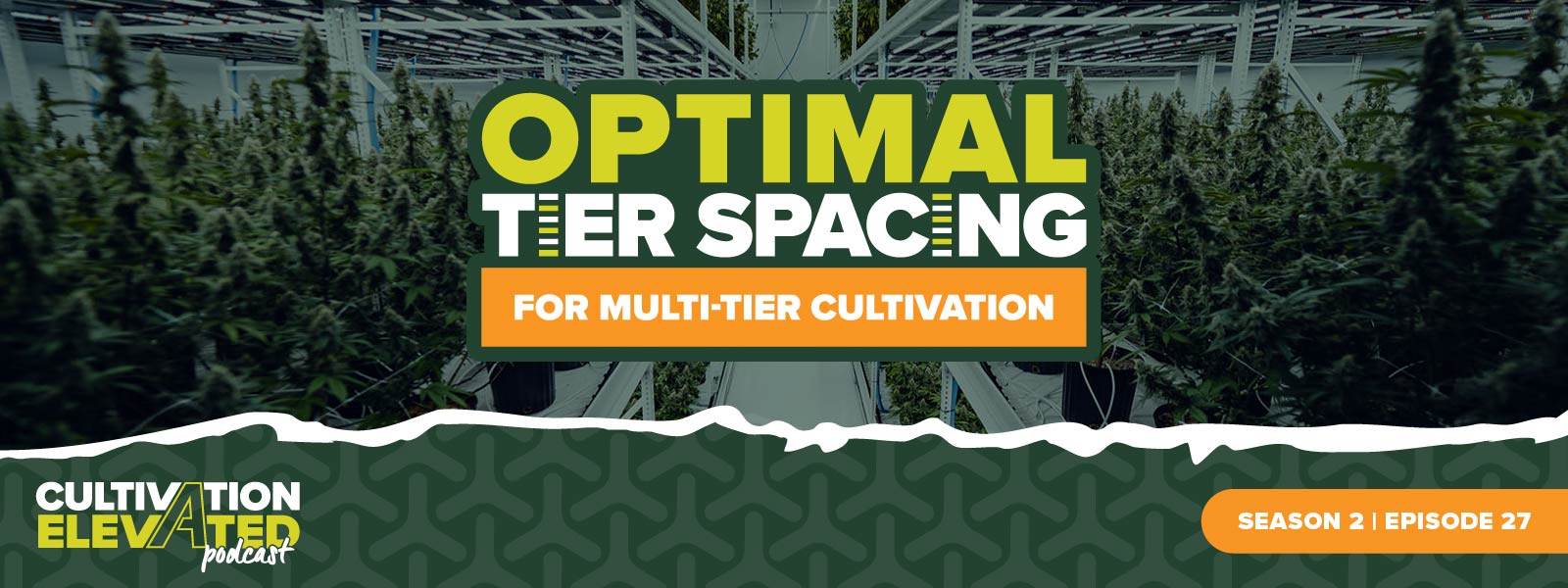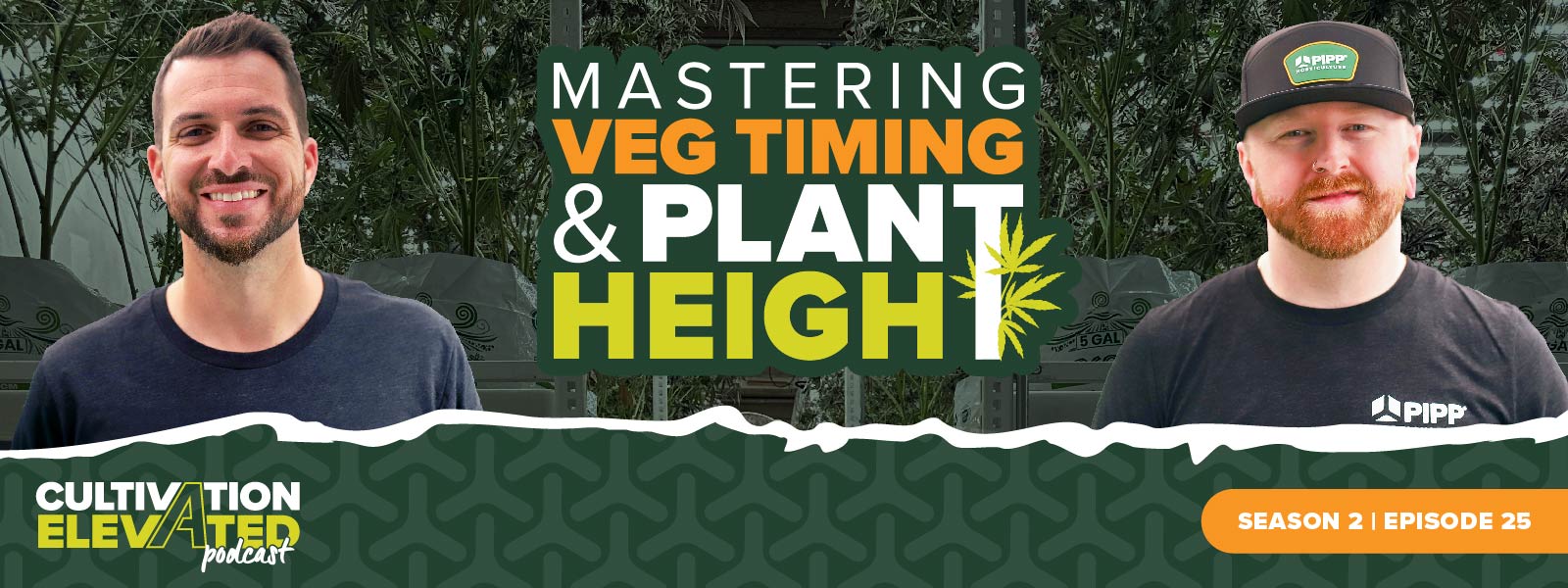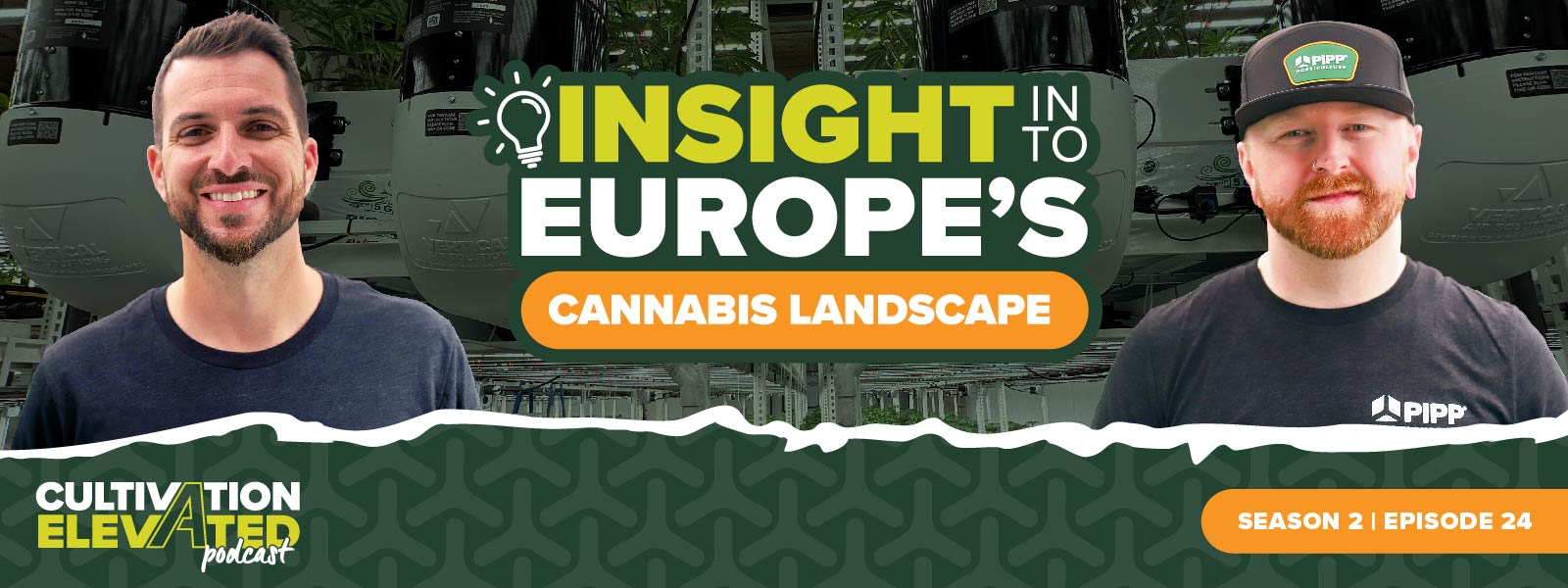Season 2 | Episode 32: Engineering Excellence in CEA | Lessons from Mike Zartarian
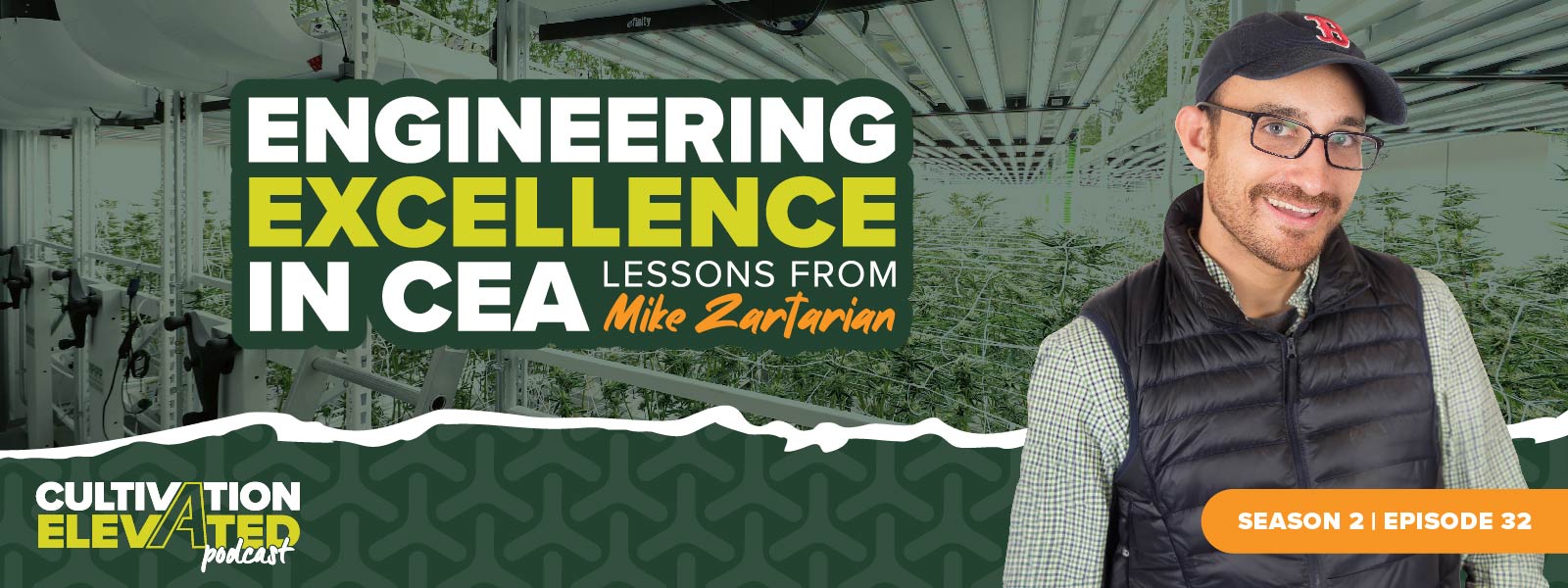
Summary:
In this episode of Cultivation Elevated, hosts Michael Williamson and Anders Peterson are joined by Mike Zartarian, an electrical and controlled environment agriculture design engineer and the principal at Zartarian Engineering and Precision AG. With over 20 years of experience as a design engineer and systems architect, Mike brings valuable insights into the complexities of indoor cultivation facilities.
- Mike Zartarian’s Background:
- Mike shares his journey from working as a design engineer to focusing on controlled environment agriculture, including his work in both indoor vegetable production and cannabis cultivation.
- He co-founded Zartarian Engineering with Mike Siegel and has been instrumental in designing holistic cultivation facilities.
- Challenges in Indoor Cultivation:
- Mike discusses the unique challenges of designing and commissioning indoor cultivation facilities, emphasizing the importance of a holistic approach that considers the entire plant life support system.
- He highlights the differences between growing cannabis and other crops like lettuce, noting that cannabis is particularly energy-dense and sensitive to environmental variables.
- Commissioning and Tuning Cultivation Facilities:
- The conversation delves into the critical process of commissioning a new facility, which involves ensuring that all systems operate as designed before plants are introduced. Mike stresses that skipping this step can lead to costly mistakes and crop loss.
- He shares his approach to commissioning, which includes pre-operational testing, sensor placement, and gradually ramping up plant introduction to ensure optimal system performance.
- Sensor Technology and Innovation:
- Mike introduces the new canopy sensor array developed by Zartarian Engineering, which includes an IR sensor to measure leaf surface temperature—a critical factor in accurately calculating VPD (vapor pressure deficit) for cannabis crops.
- The discussion covers the importance of accurate sensor placement and density, as well as the impact of leaf surface temperature on crop steering and environmental control.
- Best Practices for Cultivation:
- The episode concludes with practical advice for cultivation facility operators, including the need to balance optimization versus maximization in facility design, managing systems and teams effectively, and the importance of commissioning to ensure long-term success.
- Conclusion:
- Mike shares his deep expertise in CEA and indoor cultivation, offering listeners actionable insights into designing, commissioning, and optimizing indoor grow facilities. The hosts emphasize the value of Mike’s approach and suggest a potential follow-up episode to explore additional topics in more depth.
About Cultivation Elevated
If you are a grower looking to optimize your cultivation facility or anyone looking to cultivate more in less space, then this is the show for you. Each week, join Host Michael Williamson as he travels across the country, to explore the world of vertical farming and the future of cannabis and food production through his conversations with leading industry operators, growers and executives who are demonstrating success and resilience as growers and cultivators. Each episode provides stories and key insights that will inspire and show you first-hand, how each of these companies have overcome challenges, and found their own path to success.

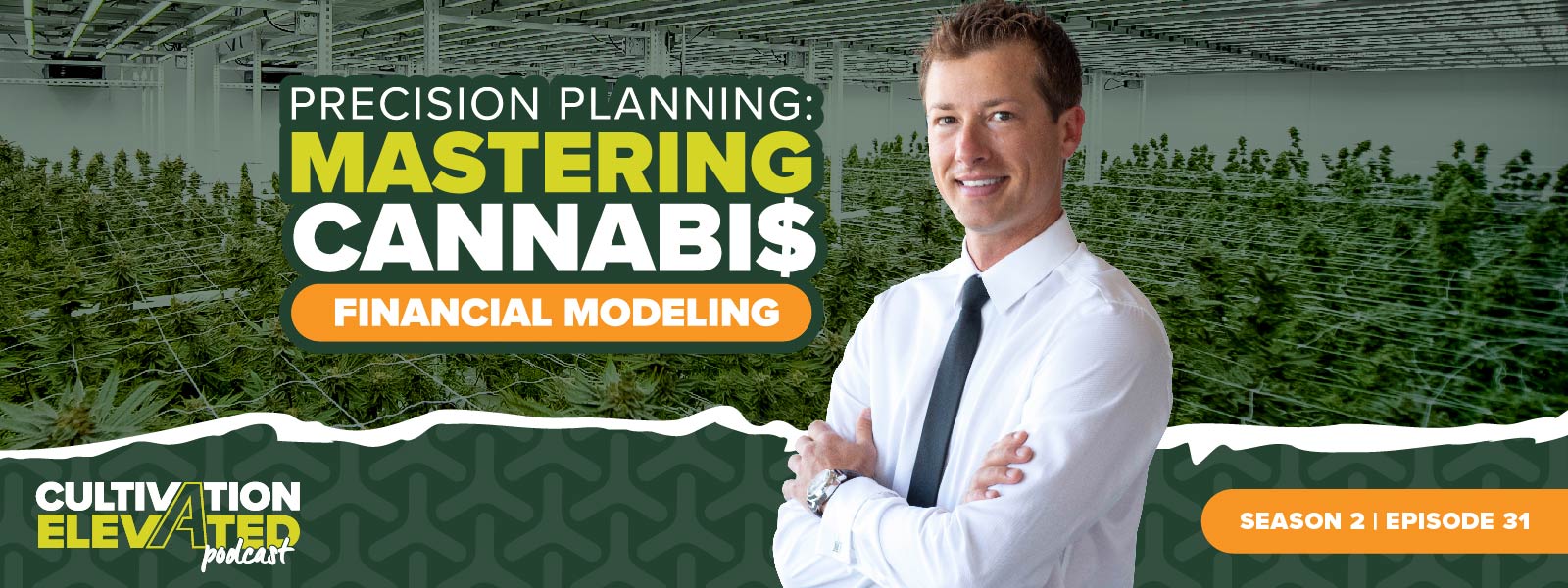

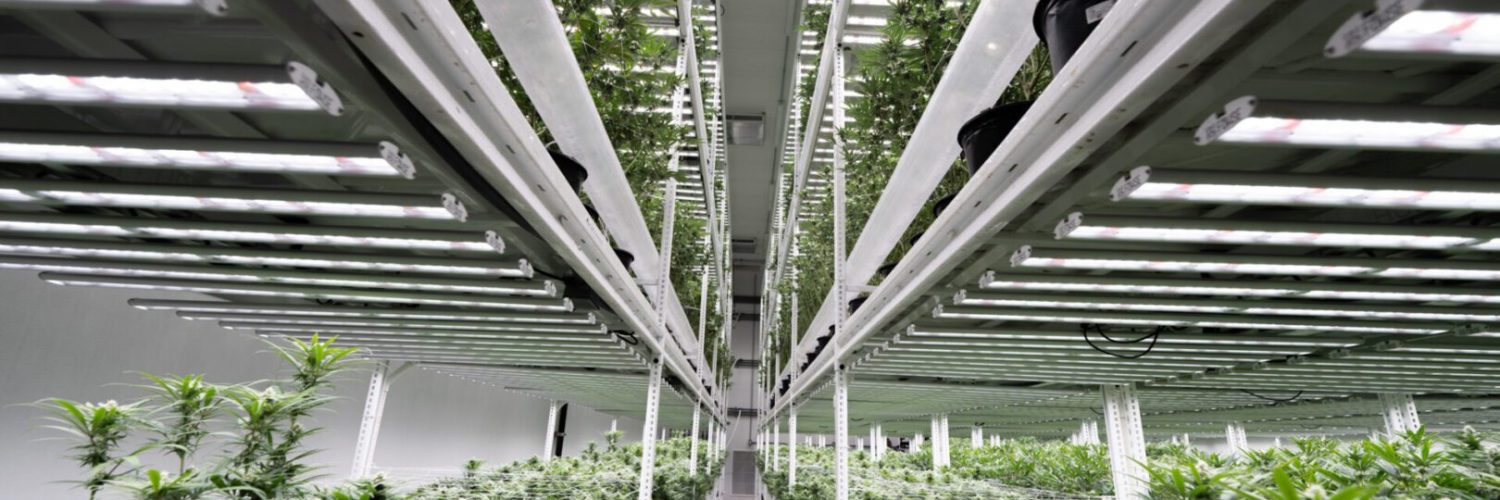

 My experience as both a cannabis grower and Director of Horticulture at Pipp Horticulture has led me to develop a nuanced understanding of the CEA landscape and how cannabis fits within it as the outlier. To appreciate this, we should first zoom out and define what we mean by CEA and indoor farming.
My experience as both a cannabis grower and Director of Horticulture at Pipp Horticulture has led me to develop a nuanced understanding of the CEA landscape and how cannabis fits within it as the outlier. To appreciate this, we should first zoom out and define what we mean by CEA and indoor farming.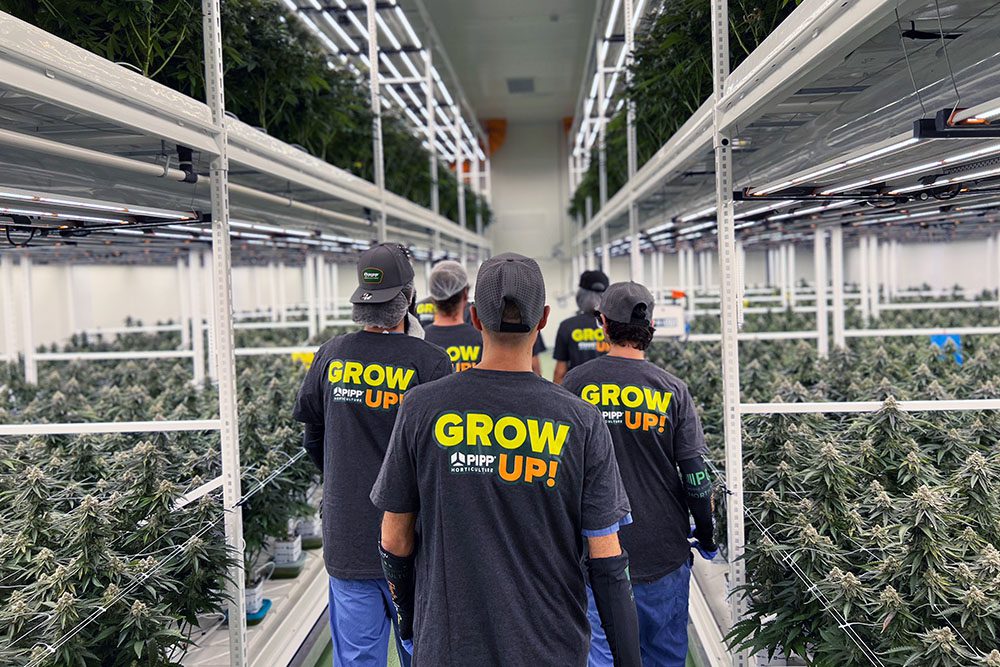 To be fair, few technologies were purposely designed to address the needs and realities of commercial indoor cannabis environments, and little knowledge was available about growing the plant at such scales. High-intensity discharge (HID) lights such as high-pressure sodium (HPS) fixtures were the industry standard. These systems emit significant amounts of heat, increasing cooling costs, and preventing growers from leveraging vertical racks to maximize the use of their floorspace. HVAC systems were not yet optimized for a cannabis grow’s latent load, either, leading to plant health issues and forcing growers to rely on multiple technologies to manage humidity.
To be fair, few technologies were purposely designed to address the needs and realities of commercial indoor cannabis environments, and little knowledge was available about growing the plant at such scales. High-intensity discharge (HID) lights such as high-pressure sodium (HPS) fixtures were the industry standard. These systems emit significant amounts of heat, increasing cooling costs, and preventing growers from leveraging vertical racks to maximize the use of their floorspace. HVAC systems were not yet optimized for a cannabis grow’s latent load, either, leading to plant health issues and forcing growers to rely on multiple technologies to manage humidity.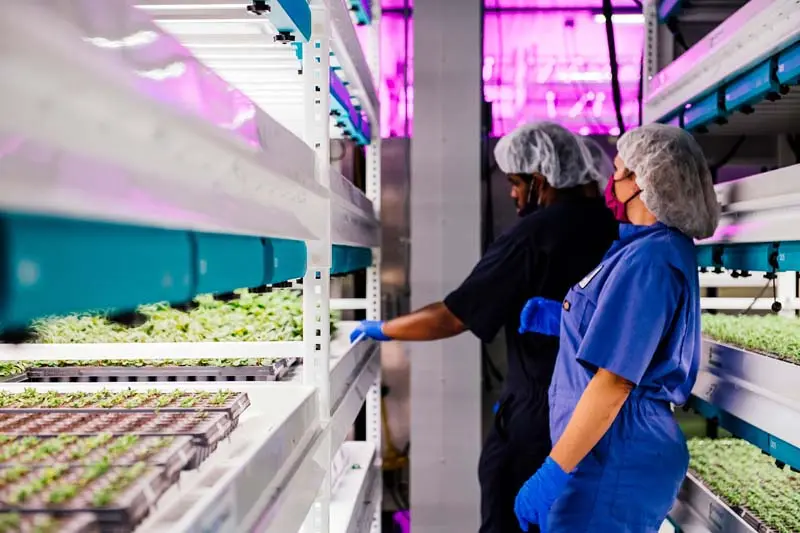 In my time with Pipp, I’ve had the opportunity to help design countless facilities. Thanks to that experience, I can confidently say that building a purpose-built facility from scratch is much easier than retrofitting a space designed for another industry. Something as simple as column placement and spacing can greatly reduce your ability to leverage mobile vertical racks, cause airflow issues, and make it more difficult for employees to work with crops.
In my time with Pipp, I’ve had the opportunity to help design countless facilities. Thanks to that experience, I can confidently say that building a purpose-built facility from scratch is much easier than retrofitting a space designed for another industry. Something as simple as column placement and spacing can greatly reduce your ability to leverage mobile vertical racks, cause airflow issues, and make it more difficult for employees to work with crops.
